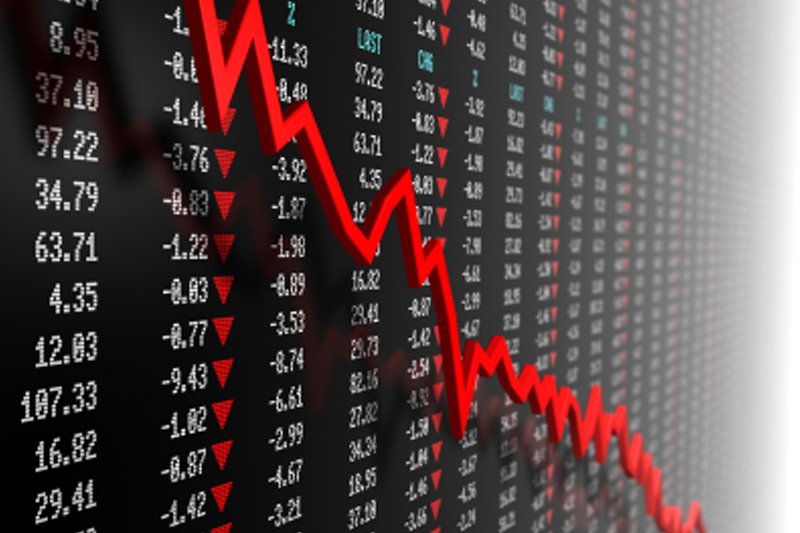Investing.com - The euro dropped to a two-month low against the U.S. dollar on Friday, as concerns over the outlook for growth in the euro zone dampened demand for the single currency, while investors eyed the release of U.S. data later in the day.
EUR/USD hit 1.2707 during European early European trade, the pair's lowest since September 7; the pair subsequently consolidated at 1.2713, shedding 0.27%.
The pair was likely to find support at 1.2625, the low of September 7 and resistance at 1.2790, the session high.
The euro came under pressure after German Finance Minister Wolfgang Schaeuble on Thursday said next week may still be too early to make a decision on granting further aid to Athens, despite a successful vote on new austerity measures.
Investors were eyeing a Greek parliament vote on Sunday on its 2013 budget. The budget must be passed to unlock a further tranche of international aid.
Separately, Germany's Economy Ministry said that growth was likely to slow in the fourth quarter and the first three months of 2013, while the French central bank said it expected the euro zone's second-largest economy to slip into recession towards the end of 2012.
Earlier in the day, official data showed that industrial production in France dropped 2.7% in September, more than the expected 1% decline, after a 1.9% rise the previous month.
In Italy, industrial production tumbled 1.5% in September, compared with expectations for a 1.4% drop, after a 1.7% increase the previous month.
Markets were also jittery amid concerns over the U.S. fiscal cliff, automatic tax hikes and spending cuts due to come into effect on January 1 unless lawmakers can reach an agreement, which could threaten U.S. and global growth.
The euro was steady against the pound with EUR/GBP easing up 0.03%, to hit 0.7976.
Also Friday, official data showed that the U.K. trade deficit narrowed more-than-expected in September, hitting GBP8.4 billion from a deficit of GBP10 billion the previous month.
Analysts had expected the trade deficit to narrow to GBP8.9 billion in September.
Later in the day, the U.S. was to produce preliminary data from the University of Michigan on consumer sentiment.
EUR/USD hit 1.2707 during European early European trade, the pair's lowest since September 7; the pair subsequently consolidated at 1.2713, shedding 0.27%.
The pair was likely to find support at 1.2625, the low of September 7 and resistance at 1.2790, the session high.
The euro came under pressure after German Finance Minister Wolfgang Schaeuble on Thursday said next week may still be too early to make a decision on granting further aid to Athens, despite a successful vote on new austerity measures.
Investors were eyeing a Greek parliament vote on Sunday on its 2013 budget. The budget must be passed to unlock a further tranche of international aid.
Separately, Germany's Economy Ministry said that growth was likely to slow in the fourth quarter and the first three months of 2013, while the French central bank said it expected the euro zone's second-largest economy to slip into recession towards the end of 2012.
Earlier in the day, official data showed that industrial production in France dropped 2.7% in September, more than the expected 1% decline, after a 1.9% rise the previous month.
In Italy, industrial production tumbled 1.5% in September, compared with expectations for a 1.4% drop, after a 1.7% increase the previous month.
Markets were also jittery amid concerns over the U.S. fiscal cliff, automatic tax hikes and spending cuts due to come into effect on January 1 unless lawmakers can reach an agreement, which could threaten U.S. and global growth.
The euro was steady against the pound with EUR/GBP easing up 0.03%, to hit 0.7976.
Also Friday, official data showed that the U.K. trade deficit narrowed more-than-expected in September, hitting GBP8.4 billion from a deficit of GBP10 billion the previous month.
Analysts had expected the trade deficit to narrow to GBP8.9 billion in September.
Later in the day, the U.S. was to produce preliminary data from the University of Michigan on consumer sentiment.
